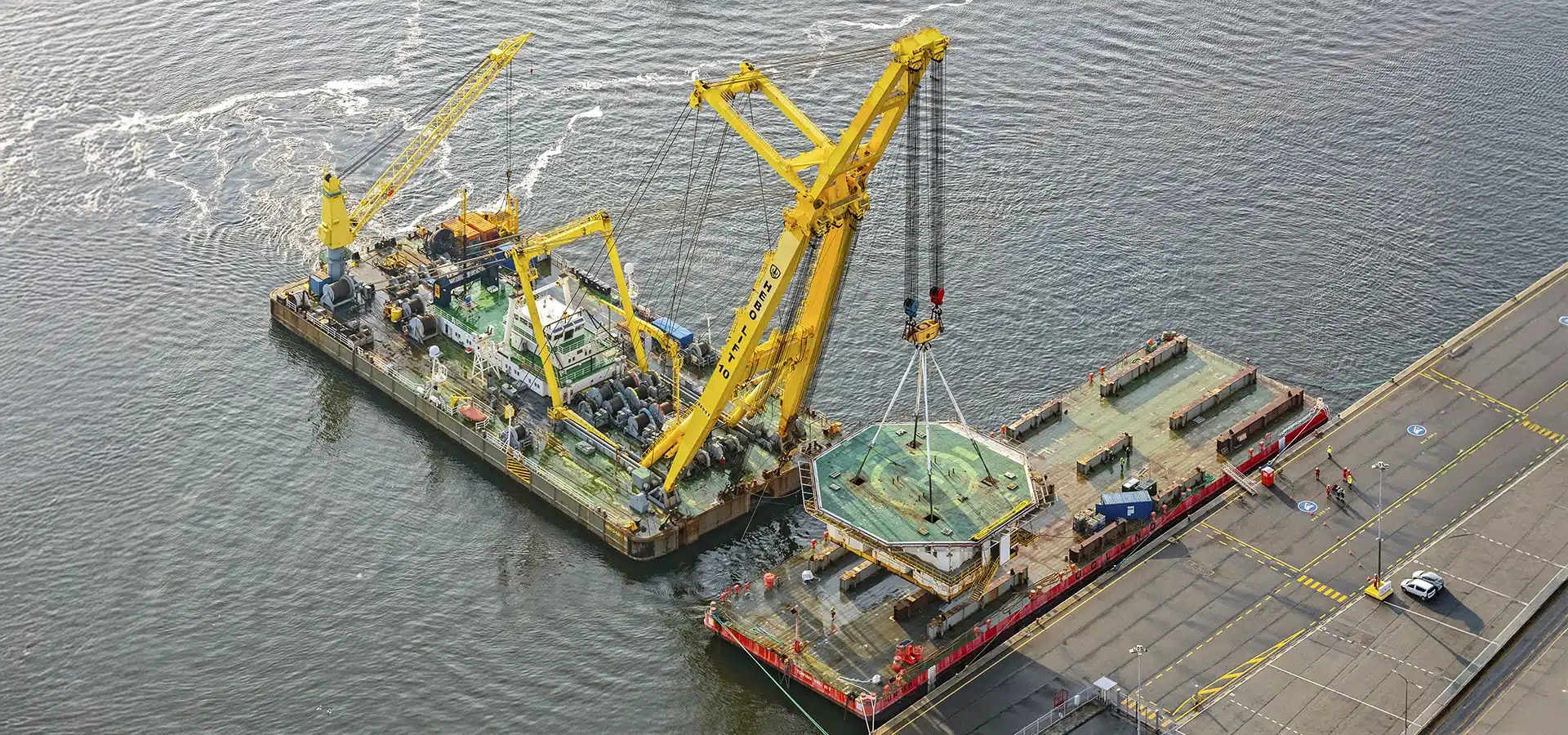Subscribe newsletter

- +31 (0) 229 22 00 14
- info@softslings.com
-
Wieder 23a 1648 GA De GoornNederland
- Follow us on Linkedin

The recent ‘Guidance on Stability of Lifts’ report, an initiative by DNV developed within the Heavy Lift Exchange Forum, provides valuable insights into safely and stably executing heavy lifting operations. At Enduro Softslings, we recognize the challenges and solutions outlined in this document. As a supplier of high-quality synthetic HMPE (High-Modular Polyethylene) slings, we want to reflect on specific aspects highlighted in the report.
HMPE slings are renowned for their exceptional strength, lightweight properties, and low stretch. These characteristics make them ideal for complex lifting operations where precision and reliability are critical. However, the report emphasizes that the stability of a lifting arrangement involving synthetic materials depends on several crucial factors:
Friction coefficient: The friction coefficient of HMPE can range from 0.03 to 0.15, depending on conditions such as load, the type of coating on the cargo, and environmental factors (dry, wet, or contaminated). This means conservative assumptions must be made during the design phase to minimize risks. Enduro Softslings understands lots of design criteria and can adapt the friction coefficient of the product accordingly
E-modulus and stiffness: The stiffness of HMPE softslings, often expressed as the E-modulus, can significantly influence load stability. Failure to account for sling length tolerances or unequal loading may lead to tilting, jeopardizing stability.
The benefits of HMPE slings are undeniable:
However, using HMPE also entails specific risks:
As a manufacturer, we have accumulated decades of experience and knowledge, making the behavior of Enduro Softslings under specific conditions somewhat predictable (though conditions and usage are not always controllable). Predictability, however, depends for a great part on the design process. This requires accurate input data, such as factors like friction, creep, bend radius, and length tolerance. Enduro is happy to assist and collaborate to create a safe and cost-efficient lifting structure.
Beyond supporting the design process, Enduro Softslings also conducts regular inspections. We check the slings for wear (such as damage to the sleeve, with any damage to the core material leading to disqualification for use), deformation, and other irregularities.
Training and awareness are also vital aspects of our services. We ensure that all stakeholders are fully aware of the unique properties of HMPE and its proper application, from engineers to riggers.
With the new DNV guidance and the specific expertise on HMPE that Enduro Softslings gladly shares, operators and engineers can fully leverage the advantages of HMPE without compromising safety and stability. The Heavy Lift Exchange Forum’s report is a valuable addition to this approach, emphasizing the importance of detailed preparation and analysis in heavy lifting operations.

Privacy | Disclaimer | Terms and conditions | ©Enduro Softslings